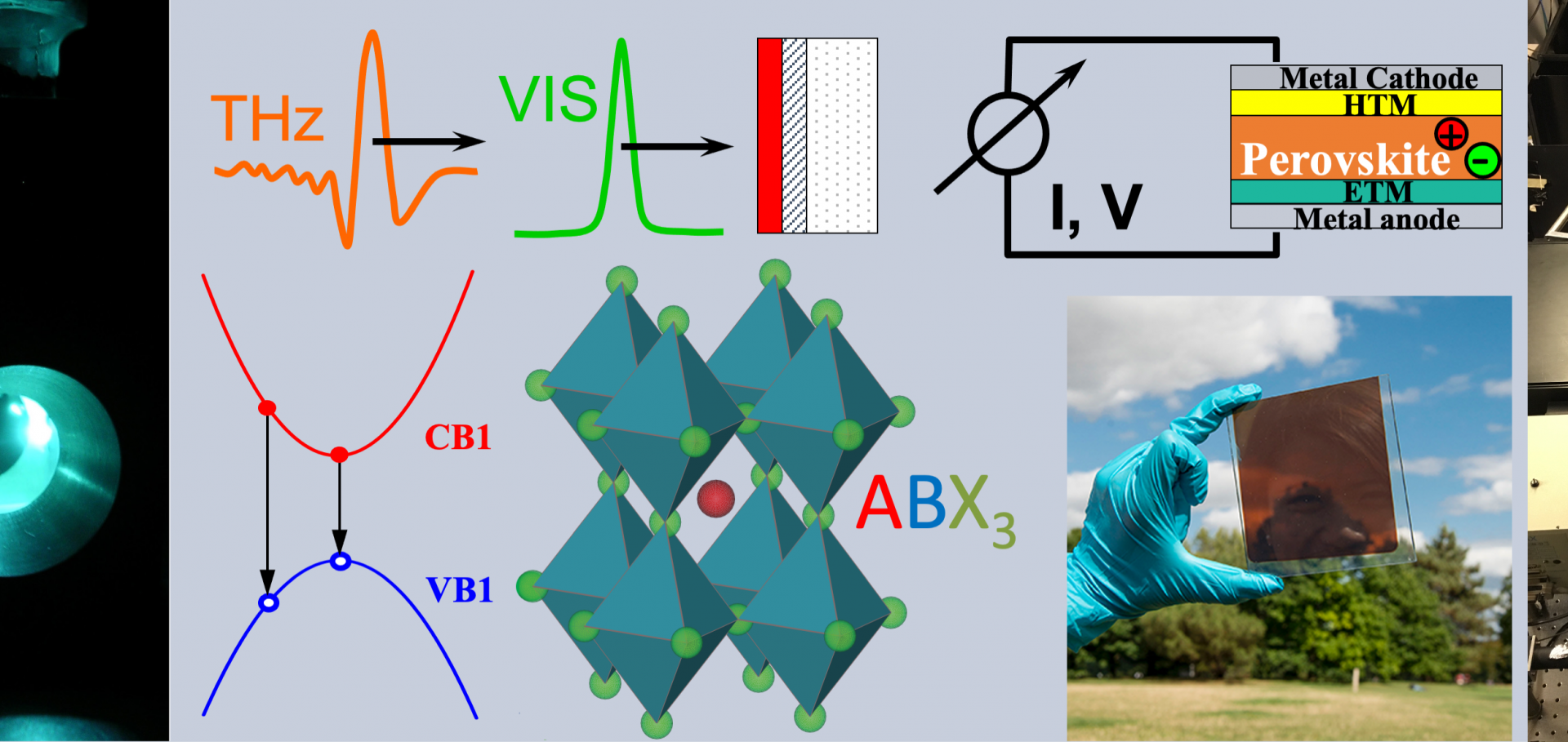In situ nanoscopy of single-grain nanomorphology and ultrafast carrier dynamics in metal halide perovskites
Abstract:
Designing next-generation light-harvesting devices requires a detailed understanding of the transport of photoexcited charge carriers. The record-breaking efficiencies of metal halide perovskite solar cells have been linked to effective charge-carrier diffusion, yet the exact nature of charge-carrier out-of-plane transport remains notoriously difficult to explain. The characteristic spatial inhomogeneity of perovskite films with nanograins and crystallographic disorder calls for the simultaneous and hitherto elusive in situ resolution of the chemical composition, the structural phase and the ultrafast dynamics of the local out-of-plane transport. Here we simultaneously probe the intrinsic out-of-plane charge-carrier diffusion and the nanoscale morphology by pushing depth-sensitive terahertz near-field nanospectroscopy to extreme subcycle timescales. In films of the organic–inorganic metal halide perovskite FA0.83Cs0.17Pb(I1−xClx)3 (where FA is formamidinium), domains of the cubic α-phase are clearly distinguished from the trigonal δ-phase and PbI2 nano-islands. By analysing deep-subcycle time shifts of the scattered terahertz waveform after photoexcitation, we access the vertical charge-carrier dynamics within single grains. At all of the measured locations, despite topographic irregularities, diffusion is surprisingly homogeneous on the 100 nm scale, although it varies between mesoscopic regions. Linking in situ carrier transport with nanoscale morphology and chemical composition could introduce a paradigm shift for the analysis and optimization of next-generation optoelectronics that are based on nanocrystalline materials.


